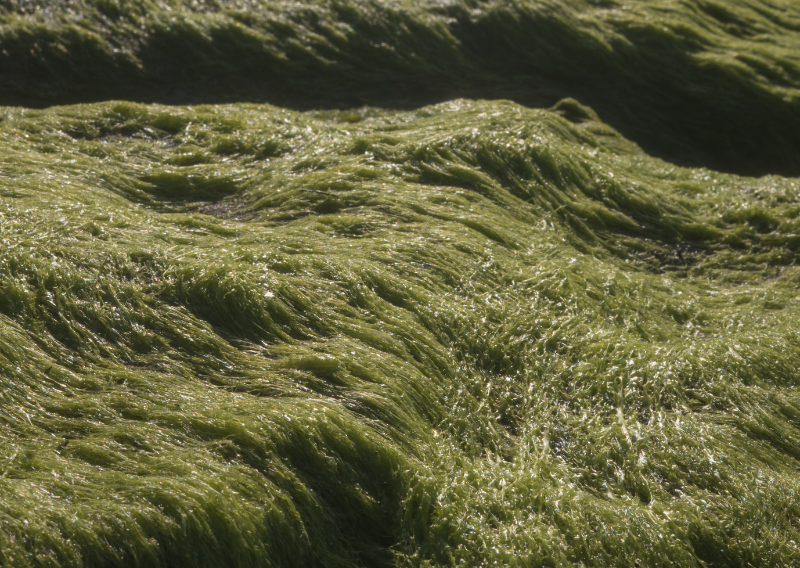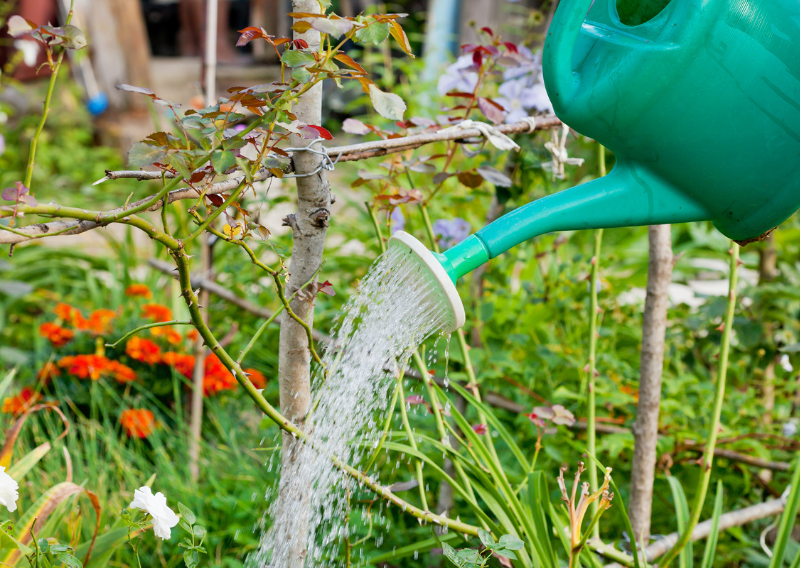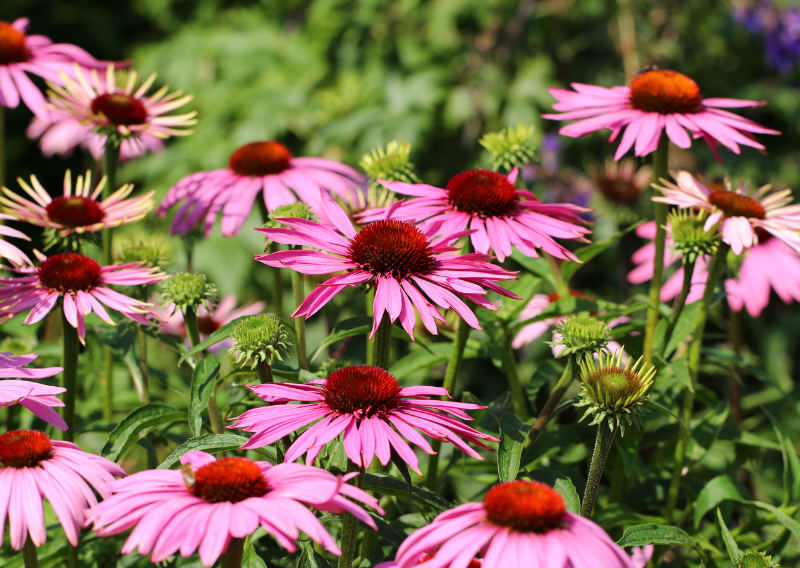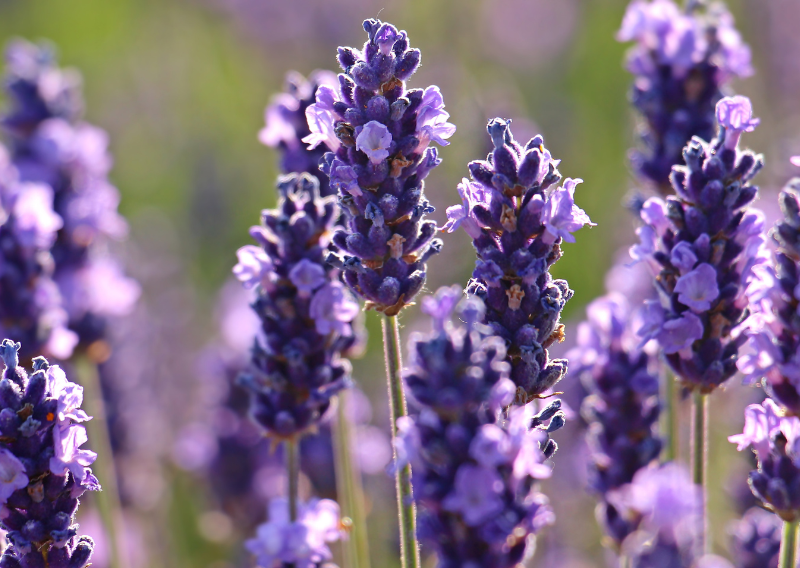
How To DIY Natural Gummies for Digestive Health (Fun and Easy!)
Since my surgery, my cravings have shifted from the usual sugary snacks to something more wholesome. That’s when my fiance Iasmina and I decided to create a delicious and healthy alternative: 100% natural gummies that satisfy your sweet tooth and support digestive health. Let’s dive into how you can make these nutrient-packed gummies using sea moss—a superfood loaded with essential vitamins, minerals, and antioxidants.


Why Sea Moss?
It’s loaded with essential vitamins and minerals like iodine, calcium, magnesium, and vitamins A and C. Plus, it’s a fantastic source of fiber, which promotes a healthy digestive system. With its high antioxidant content, sea moss also helps combat oxidative stress, making it a powerful addition to any diet.
Making Sea Moss Jelly
Before we get to the gummies, let’s start with making sea moss jelly. This jelly serves as a base for our gummies and can be used in smoothies, porridge, or soups for an added nutritional boost.
Ingredients:
- Sea moss
- Water
Instructions:
- Place the sea moss in a bowl and cover it with water. Let it soak overnight to soften.
- The next day, transfer the soaked sea moss to a pan and cover it with fresh water (you can use the soaking water if it covers the sea moss completely). Bring it to a boil, then reduce the heat and let it simmer for 15-20 minutes until the sea moss is almost completely melted. It’s okay if there are a few bits left.
- Blend the mixture with the boiled water until you achieve a smooth consistency.
- Pour the sea moss jelly into an airtight jar and refrigerate. It will last for up to a week or more and can be used in various recipes.
Creating Your Natural Gummies
Now that you have your sea moss jelly, you can turn it into delicious gummies. Here’s a simple recipe to get you started:
Ingredients:
- 1 cup fruit juice (your choice—berry, citrus, or tropical)
- 2 tbsp agar agar (a plant-based gelling agent)
- 3 tbsp sea moss jelly
- 2 tbsp agave syrup or honey (for sweetness)
Instructions:
- In a pan, combine the fruit juice and agar agar. Heat on low, stirring continuously until the agar agar is fully dissolved.
- Incorporate the sea moss jelly and your choice of sweetener into the mixture. Whisk until everything is well combined and smooth.
- Once the mixture thickens, use pipettes to pour it into your gummy molds. If you don’t have molds, you can pour it into a shallow dish and cut it into pieces later.
- Allow the gummies to set for about 20 minutes. They should be firm but chewy.
- Transfer your gummies to an airtight jar and store them in the refrigerator. They should stay fresh for around a week or more.
These natural gummies are a great way to indulge your sweet tooth while supporting your digestive health. By making them at home, you can choose your own ingredients and skip the additives often found in store-bought treats.
Feel free to try out different fruit juices and sweeteners to discover your favorite flavor. Have fun with the process and enjoy the tasty results!
Happy gummy-making!






















